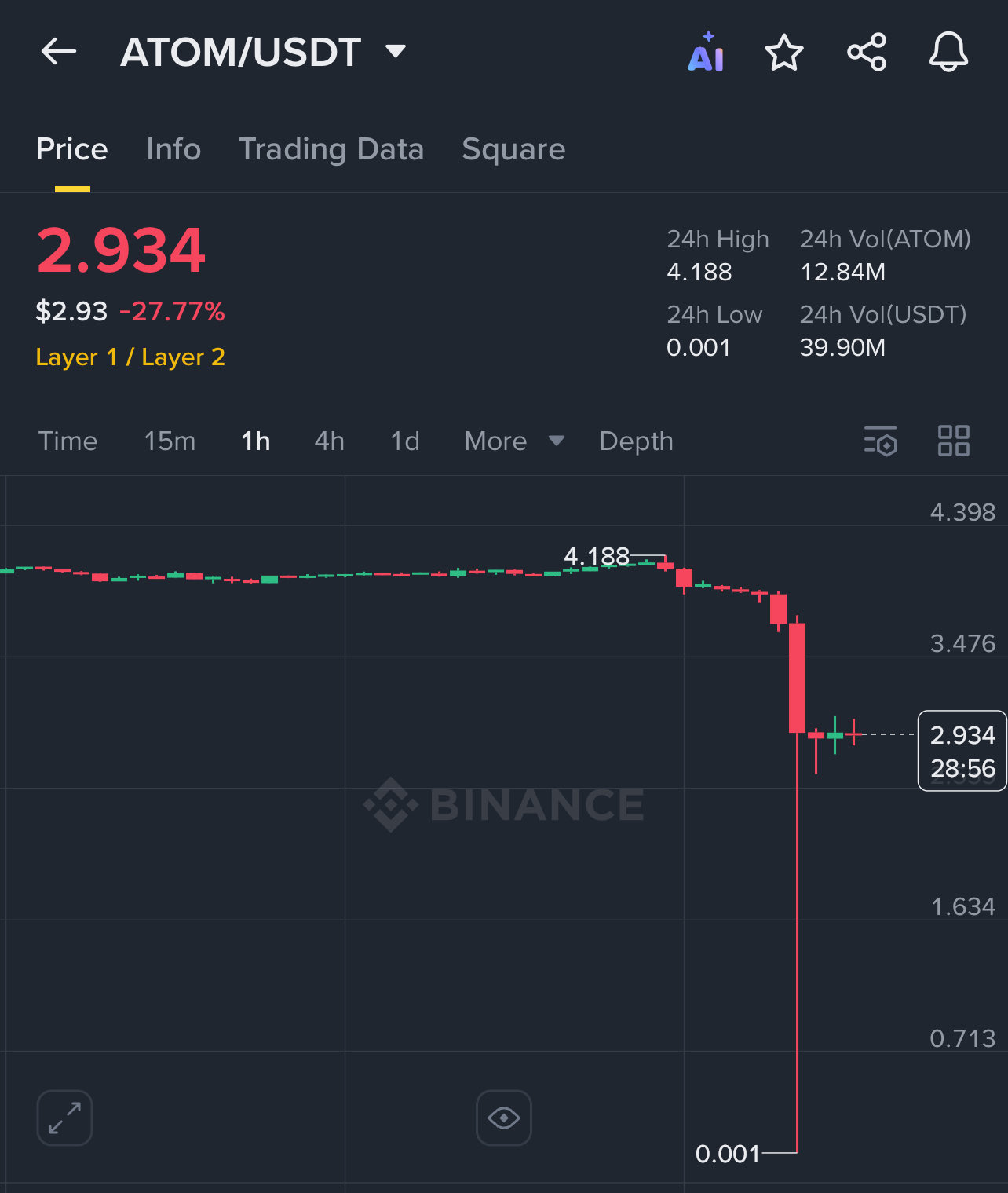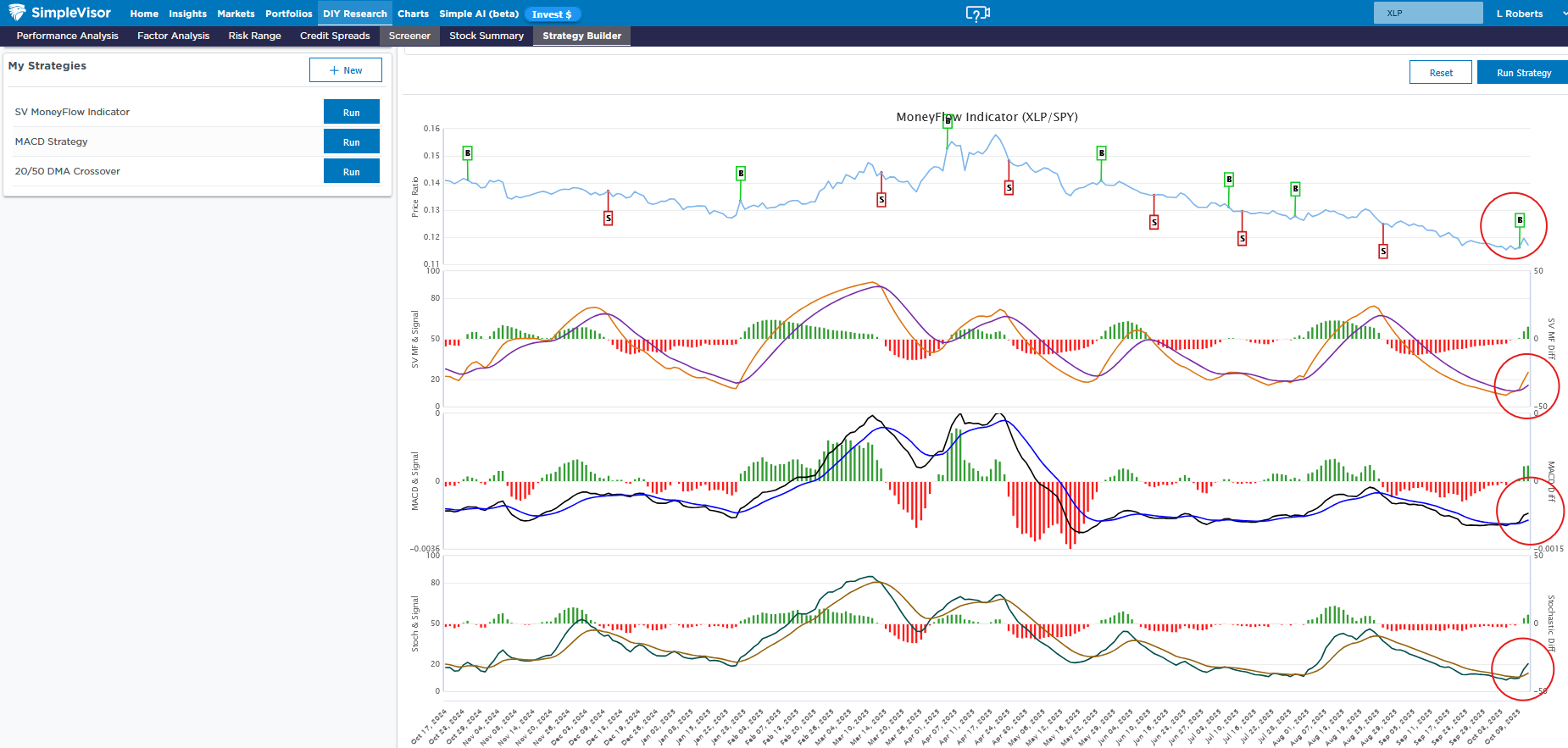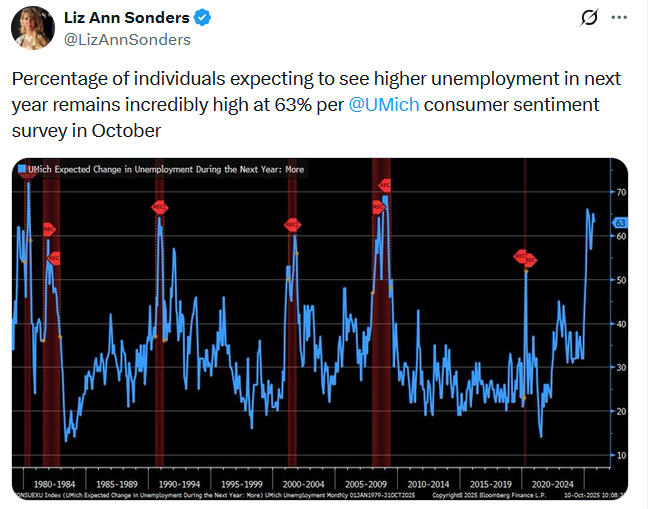Last Friday, the cryptocurrency market experienced a violent crash. The trigger was President Trump’s announcement of a 100% additional tariff on Chinese imports. The sudden and unexpected action reignited fears of a full-blown trade war. Global risk assets fell sharply. Of these, the most notable declines occurred in the cryptocurrency markets, particularly the altcoin market.
Altcoins, short for “alternative coins,” are cryptocurrencies other than Bitcoin. Altcoins are often built on their own blockchains or as tokens on existing platforms. Some examples of the popular altcoins include Ethereum (ETH), , , and Dogecoin (DOGE).
Altcoins typically aim to offer different features, such as faster transactions, smart-contract capabilities, niche applications like decentralized finance (DeFi) or privacy. Altcoins are more volatile and speculative than Bitcoin due to lower market caps, reduced trading volume, and greater sensitivity to market sentiment. It is estimated that over 10,000 altcoins exist, with many trading on centralized exchanges like Binance or decentralized platforms.
The news of 100% tariffs on China fell late in the afternoon on Friday, when liquidity in most markets is typically lacking. Bitcoin dropped by 17%, from peak to trough, on the news. Major altcoin tokens were hit harder. For instance, consider the following peak-to-trough declines:
- Ethereum -23%
- Ripple -60%
- Solana -38%
- Dogecoin -64%
Smaller coins like Cosmos (ATOM), shown below, collapsed to near zero. It is believed that over $20 billion in crypto positions were liquidated due to margin calls. In the process of forced margin liquidations, centralized exchanges amplified the selling through auto-liquidation mechanisms. While the altcoin market is relatively small, it does leave us with an important question: Will the price volatility reduce speculative behaviors in the more liquid asset markets?
Are Staples Sending A Sell Signal?
The graph below does technical analysis on the ratio of the Staples ( to the S&P 500 (). The blue line in the top graph is the price ratio of the two. As shown, staples have consistently underperformed the market since the April lows. Given that staples and other more conservative sectors tend to underperform in upward trends and relatively outperform in downward trends, it is worth appreciating whether the relationship between XLP and SPY is changing.
The bottom three graphs indicate that various stochastic studies on the price ratio are all generating buy signals from their lowest levels in at least a year.
This raises the question of whether the buy signal is durable or just a short-term bounce, largely due to the big sell-off last Friday.
Tweet of the Day


